Some animals have a reputation for being ferocious and have woven themselves into the fabric of the animal kingdom so richly that they have occasionally gone against their natural tendencies to hunt humans.
Even though they are uncommon, these incidents serve as powerful reminders of the unbridled force found in the natural world. It invites us to investigate a long list of creatures that have been reported to be dangerous to humans in certain situations, revealing the complex relationships that bind us to the varied and occasionally unpredictable world of the wild.
1. Sharks
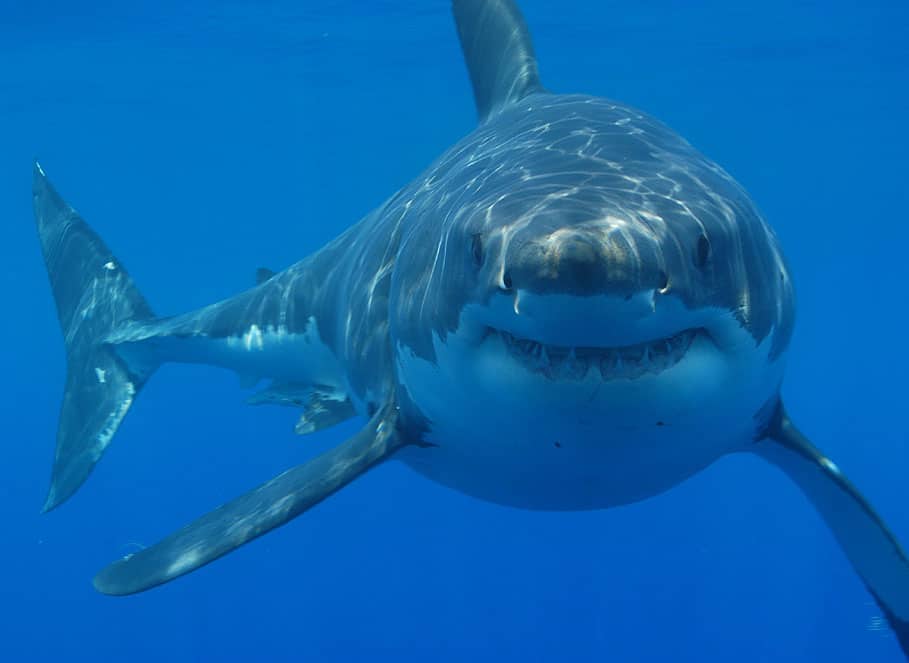
Majestic and powerful sharks are apex predators with severe consequences when they sometimes attack humans. Great white, tiger, and bull sharks are responsible for most attacks. Armed with powerful jaws and a keen sense of smell, the creatures navigate the ocean with a precision that fascinates and terrifies the human psyche.
The particularly great white shark, with its serrated teeth and powerful build, is often associated with high-profile attacks. Known for their voracious appetite and ability to adapt to hunting, tiger sharks and bull sharks, which adapt to different environments, are among the species that pose a threat to humans under certain conditions. Despite the rarity of such encounters, the presence of these huge predators reminds us of the delicate balance of the ocean ecosystem and the awe-inspiring but sometimes dangerous interaction between humans and the inhabitants of the deep.
2. Crocodiles

These ancient reptiles are masters of stealth in aquatic environments. Crocodiles, especially the Nile and saltwater varieties, have been known to attack humans who unwittingly venture too close to their territories.
The modus operandi of crocodile attacks often involves sudden lunges from the water, catching victims by surprise. The result is a swift and powerful assault, leaving little chance for escape. Crocodiles are opportunistic predators, capable of ambushing animals as large as buffaloes and as small as birds. Unfortunately, when humans unwittingly enter their domain, they too may become targets.
3. Big Cats

In regions where human settlements encroach upon the natural habitats of lions, tigers, leopards, and other big cats, the potential for encounters increases. These majestic predators, equipped with formidable strength and agility, may view humans as either a threat or, in some cases, as potential prey.
Human-wildlife conflict often arises when these big cats feel the need to defend their territory or when their natural prey is scarce. Conservation efforts and responsible land-use planning are essential to mitigate such conflicts and ensure the coexistence of humans and these awe-inspiring creatures.
4. Elephants

While generally peaceful herbivores, elephants can become aggressive when provoked or feel threatened. Incidents of wild elephants attacking humans, particularly in areas of habitat loss and human-wildlife conflict, highlight the need for conservation efforts.
In the Sundarbans islands of West Bengal, India, where humans and wildlife coexist, a concerning trend has emerged. Despite elephants being peaceful herbivores, an alarming number of attacks, and even instances of humans falling prey to them, highlight the pressing issues of habitat loss and human-wildlife conflict
5. Bears
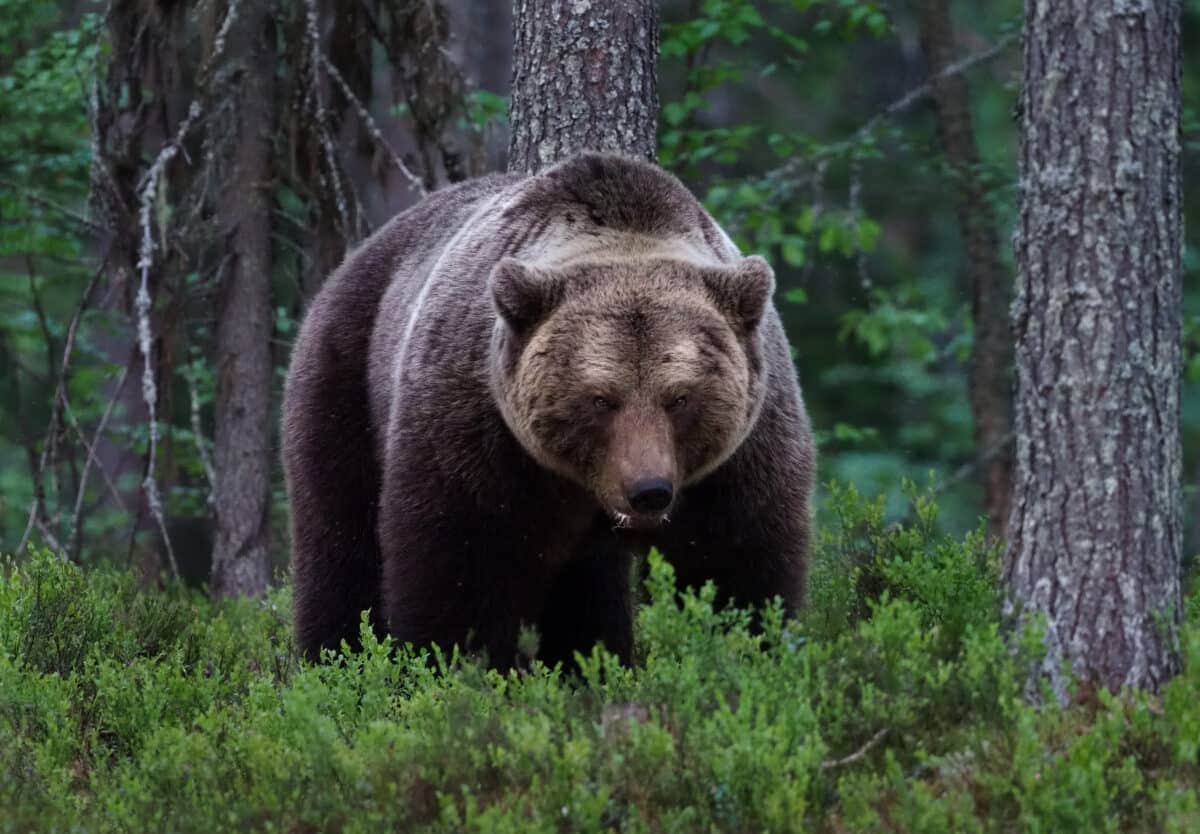
To ensure human safety in bear-inhabited places, it is essential to comprehend the behavior of grizzly, polar, and black bears. Bears of this species are known to become aggressive in the event that they sense a threat to their young, home range, or food supplies. This highlights the significance of keeping a safe distance and honoring their natural environments.
Bear safety measures include carrying bear spray, creating noise to let bears know you’re around, and keeping food in a way that keeps bears away. Understanding bear cues and behavior might also lessen the likelihood of encounters and promote a more peaceful coexistence between people and these magnificent but dangerous animals.
6. Dolphins
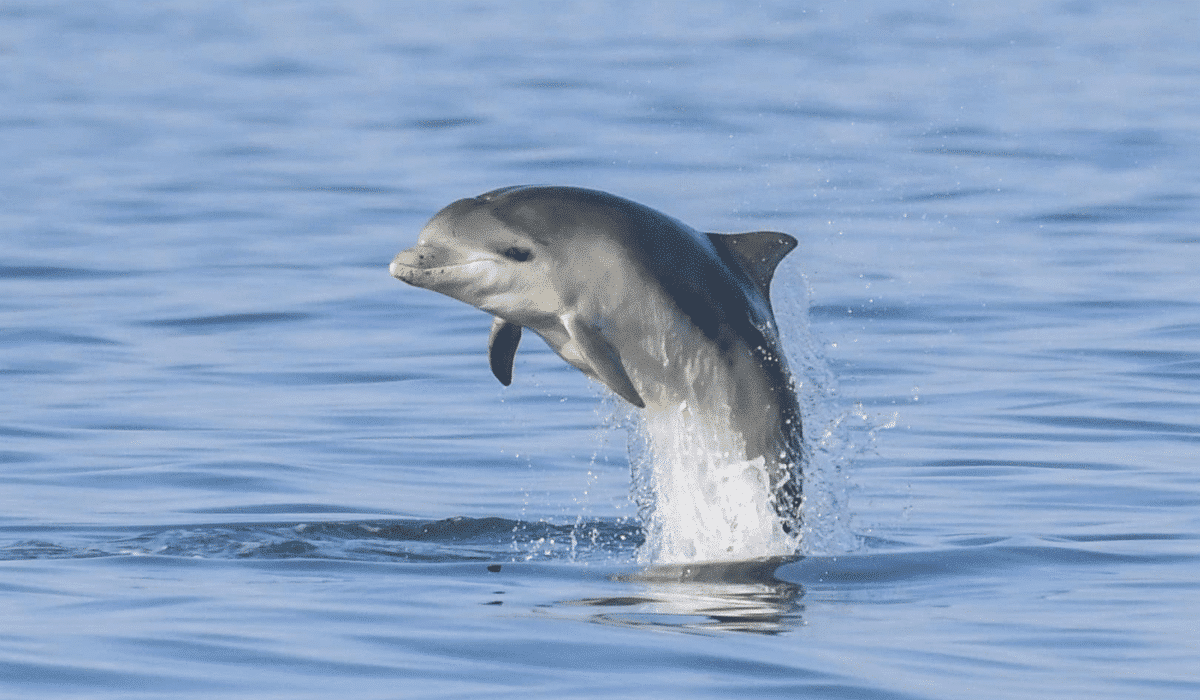
Dolphins, often celebrated for their playful and intelligent nature, can, on rare occasions, exhibit unexpected aggression towards humans. While such incidents are infrequent, they are typically linked to territorial behavior or stress.
Dolphins are known to be highly social animals, and disturbances in their environment or perceived threats to their pods can trigger defensive reactions. It’s important to note that these occurrences are outliers in the overall interactions between dolphins and humans, and the vast majority of encounters with these marine mammals remain positive and enjoyable. Understanding the nuanced behaviors of these creatures helps foster a more informed approach to coexisting with them in their natural habitats.
7. Wolves
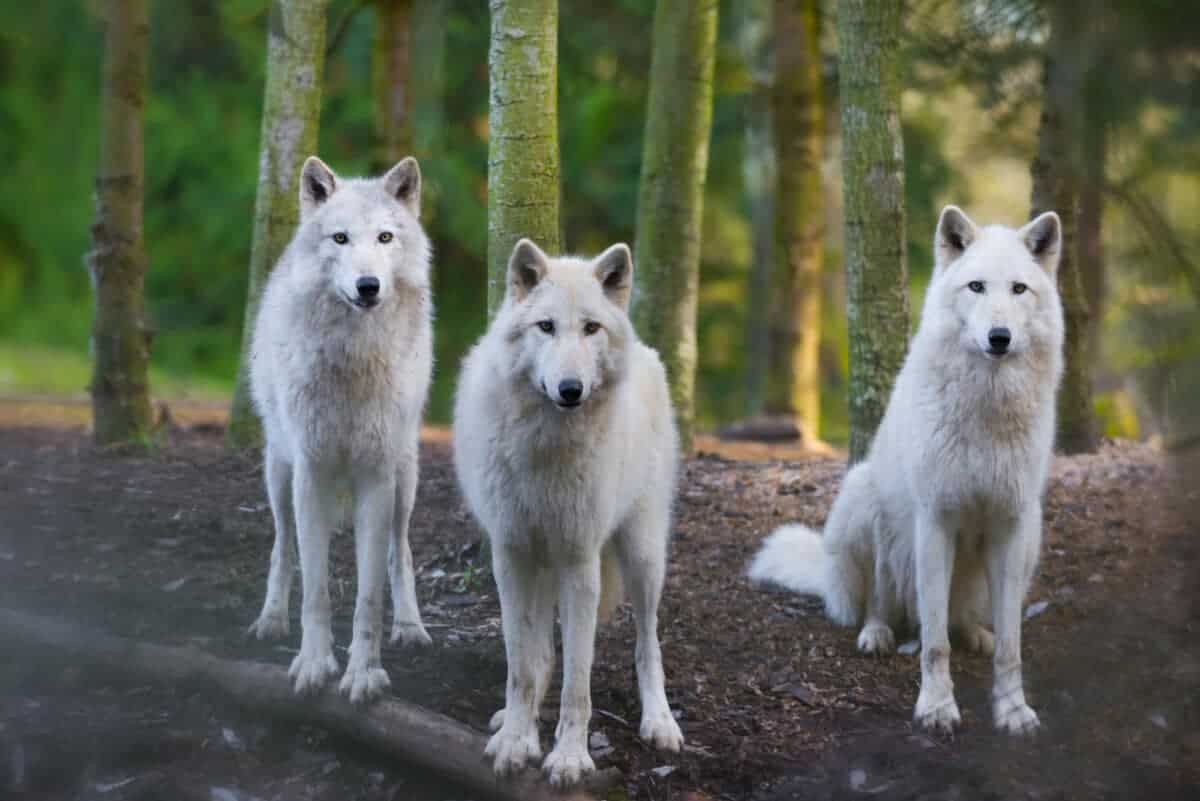
In general, wolves stay hidden and try to avoid conflict with people. But as human growth encroaches on their habitats, it becomes increasingly important to comprehend and cohabit with these magnificent animals.
In order to ensure the survival of these vital predators in our ecosystems, conservation initiatives and education about appropriate behavior in wolf territories help to promote harmony between humans and wolves, reduce the likelihood of conflicts, and preserve wolves.
Check out Top 10 Woodland Animals
8. Hippopotamuses
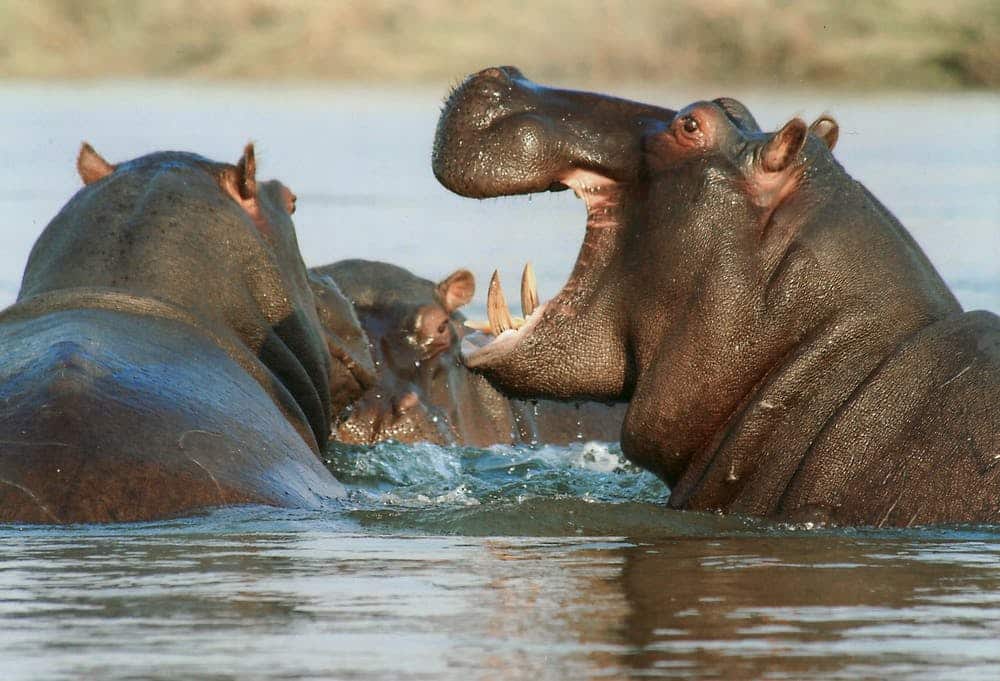
Overtaking other large animals in terms of human casualties, hippos pose a silent threat to Africa despite their seemingly peaceful look. They are fierce opponents because of their territoriality and ferocity, which are amplified when defending their young or water territory.
These herbivores are frequently underappreciated, but their remarkable speed and strong jaws emphasize how crucial it is to keep a respectful distance from them in their natural environments. Comprehending the behavior of hippos is essential for ensuring human safety as well as the preservation of these exceptional and sometimes hazardous animals.
9. Komodo Dragon

The largest lizard in the world, the Komodo dragon, is extremely dangerous to people. Komodo dragons, with their strong jaws, sharp teeth, and poisonous saliva containing dangerous bacteria, can inflict bites on people, leading to fatal diseases if not treated.
These apex predators have a reputation for being vicious and having the ability to strike quickly and fatally. Even though interactions between humans and Komodo dragons are uncommon, the possible dangers highlight how crucial it is to use caution and respect these powerful reptiles’ native habitats in order to protect both human safety and the survival of this famous species.
10. Polar Bears
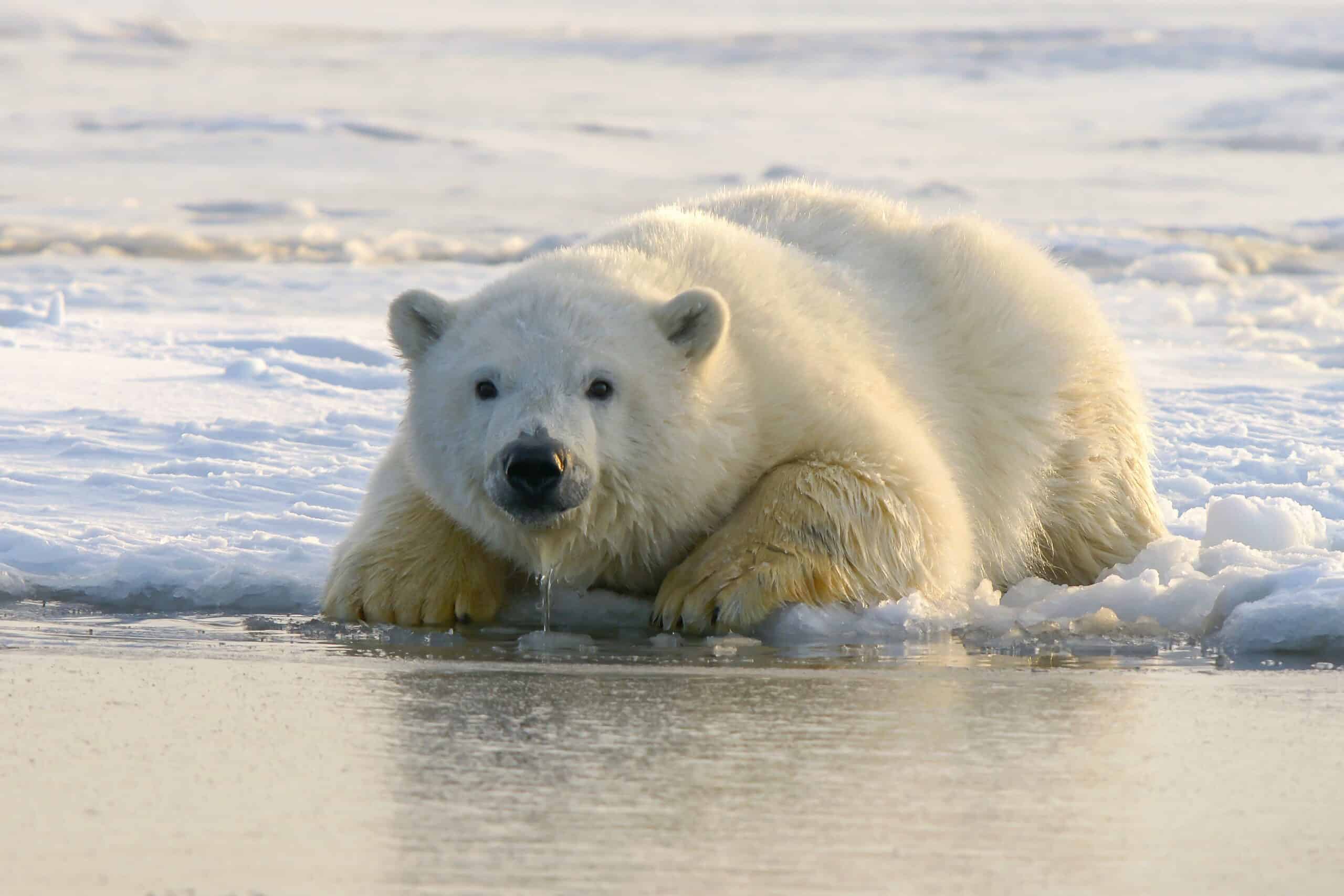
While polar bears are iconic symbols of the Arctic, their interactions with humans can be perilous. As climate change reduces their sea ice habitats, these formidable predators venture closer to human settlements in search of food.
Polar Bear encounters are extremely dangerous due to the strength, agility, and keen sense of smell of polar bears. Due to the lack of their natural prey, they may come to see people as possible sources of food, which could put them in danger. To reduce the hazards and guarantee that people and polar bears can cohabit in the Arctic’s changing environment, it is essential to comprehend and put into practice the appropriate safety precautions.
Conclusion
While the instances of animals preying on humans are statistically rare, understanding the potential risks and respecting wildlife habitats are crucial for coexisting harmoniously with the diverse species that share our planet.
The key lies in promoting conservation efforts, implementing responsible wildlife management, and fostering a deeper understanding of the complex relationships between humans and the animal kingdom
Read more just like this: Top 10 Deciduous Forest Animals, Python vs. Chinese Cobra – A Deadly Duel in the Animal Kingdom ,and Unraveling the Secrets of the Black-Footed Ferret
Join our Forum for free today!

- Top 10 Savanna Animals - June 3, 2024
- American Bulldog – Cute Ball of Fear - May 31, 2024
- Mammoths Vs. Mastodons - May 31, 2024


